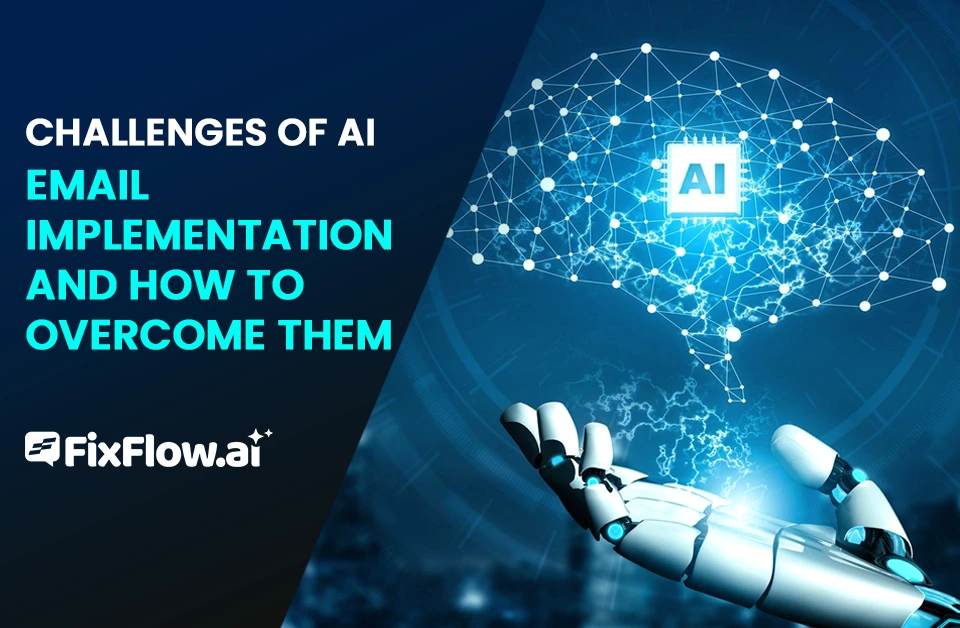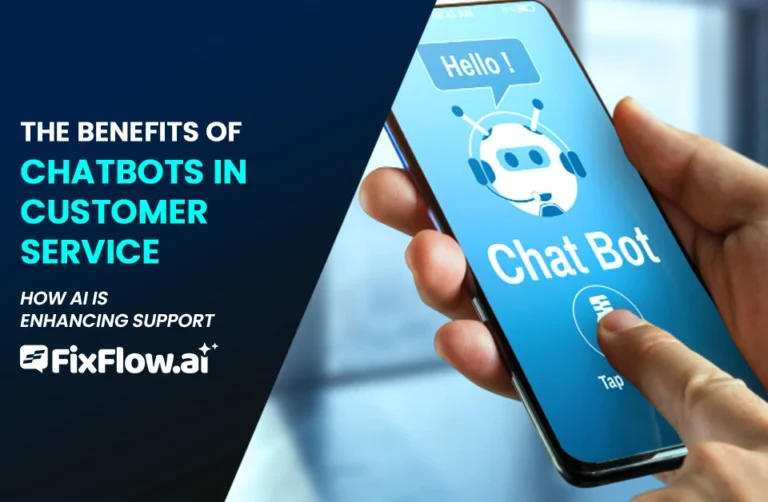Challenges of AI Email Implementation and How to Overcome Them
When implementing AI in email marketing, you’ll face several challenges. First, guarantee compliance with data privacy laws like GDPR and CCPA by being transparent about your data use. Balancing automation with a human touch is essential, so personalize emails to keep them engaging. Seamless integration with existing systems prevents workflow disruptions and ensures your data flows effectively. Mitigate AI bias by training algorithms on diverse data and auditing regularly. Finally, ensure system reliability through thorough testing and monitoring to avoid spam issues and scheduling mishaps. Explore further to harness AI’s full potential in email marketing.
Data Privacy Concerns
When implementing AI in email marketing, you’ll face significant data privacy concerns, especially regarding compliance with regulations like GDPR and CCPA. These regulations are designed to protect user data and ensure that your email marketing practices respect privacy rights. Managing AI email compliance and regulations can be challenging, as they require you to be transparent about data collection and usage. You’ll need to make sure that your AI tools are aligned with these laws, maintaining user consent and safeguarding their information.
Data privacy in AI email marketing is not just a legal obligation but also an ethical one. There’s a growing expectation from consumers that their data will be handled responsibly. Using AI to analyze user behavior and personalize email content can raise ethical concerns about AI in email communication. You must consider the balance between personalization and privacy, ensuring that your strategies don’t overstep boundaries or exploit sensitive information.
To address these challenges, it’s important to choose AI models that are designed with compliance in mind. Regular audits and updates to your AI systems can help maintain compliance and foster trust with your audience, promoting ethical and effective email marketing practices.
Maintaining Human Touch
Balancing AI automation with a human touch is essential to guaranteeing your emails don’t lose their authenticity and emotional connection with recipients. While automated email workflows can streamline your communication process, over-automation and a loss of human touch can make your messages feel robotic. It’s important to ensure your emails maintain a sense of personalization and warmth that resonates with your audience. AI-driven content optimization can certainly enhance your email strategies, but it shouldn’t replace the human element that makes your brand relatable and trustworthy.
Overreliance on AI results in content that is overly generic or emotionally ineffective. To combat this, blend AI capabilities with human intuition. Review and tweak automated content regularly to align with your brand’s voice and values. Incorporate feedback loops where humans can adjust AI-generated suggestions, ensuring that the content remains engaging and relevant.
Integration With Existing Systems
As you strive to maintain the human touch in your emails, it’s vital to ensure that your AI tools integrate seamlessly with your existing email marketing systems to maximize efficiency and effectiveness. Incompatibility issues can disrupt your workflow and lead to inefficiencies. To harness the full potential of AI-powered email automation, you need these systems to work in harmony, enabling smoother processes and better results.
One major challenge is aligning AI platforms with legacy systems that might not support modern features like email segmentation with AI or AI-based email response generation. It’s important to choose AI tools that offer seamless integration capabilities. This ensures that your data flows smoothly between systems, giving you better insights and more accurate predictions.
Another consideration is the reliance on high-quality data for AI to function at its best. Make sure your existing systems can provide the data needed for AI to enhance personalization and target the right audience. This will help you avoid the pitfalls of irrelevant content and maintain the integrity of your campaigns.
Ultimately, successful integration means your AI tools complement your existing setup, boosting your email strategy’s overall performance without unnecessary disruptions.
Addressing AI Bias
AI bias in email marketing can skew personalization, leading to messages that don’t resonate with diverse audiences. This happens when AI algorithms trained on biased data reinforce stereotypes or ignore minority voices. The negative impact of AI algorithms is significant—they can alienate customers, damage your brand’s reputation, and ultimately reduce engagement and sales. It’s vital to recognize that AI doesn’t inherently understand ethics in AI-generated content. To minimize bias, you must make certain that the data used is diverse and representative.
To address a bias in email marketing, start by scrutinizing the data feeding your AI systems. Diverse datasets help ensure your messages appeal to a broad audience. Regularly audit your AI algorithms for bias by testing how different demographic groups are represented in your email content. Incorporate human oversight to catch any unintended biases that algorithms might miss.
Moreover, it’s important to maintain transparency with your audience. Clearly communicate how AI is used to personalize their experience. By prioritizing ethics in ai-generated content, you’ll not only create more inclusive campaigns but also build trust with your audience, enhancing their overall experience with your brand.
Ensuring System Reliability
Securing your email system’s reliability involves regularly testing and monitoring AI tools to prevent unexpected failures and maintain consistent performance. You need to keep a vigilant eye on potential deliverability issues with AI emails. These issues can arise from AI-generated emails being flagged as spam or getting lost in the shuffle. By routinely assessing your deliverability rates, you can identify problems early and make necessary adjustments.
AI-driven email scheduling is another critical area to monitor. While it offers the advantage of sending emails at the best times for engagement, it can sometimes lead to congestion or delays if not properly managed. Reviewing the performance of your scheduling algorithms helps you fine-tune operations and avoid any hiccups that might disrupt your email campaigns.
Moreover, don’t overlook the importance of AI-powered A/B testing. This tool can greatly enhance your email strategy by identifying what resonates best with your audience. However, if not consistently evaluated, it could provide misleading results due to outdated data or system errors. Ensure your A/B testing processes are regularly reviewed to maintain their effectiveness and accuracy, ultimately boosting your email system’s overall reliability.
Frequently Asked Questions
How Can AI-generated Emails Impact Brand Voice Consistency?
AI-generated emails can impact your brand voice consistency by unintentionally creating content that feels robotic or off-brand. This occurs when AI models aren’t fine-tuned to your specific voice. To maintain consistency, you’ll need to make sure that your AI tools are well-trained and complemented by human oversight. By doing so, you can harness AI’s personalization benefits without losing the unique tone and style your audience expects from your brand.
What Are Effective Strategies for Training AI Models for Email Content Accuracy?
To train AI models for email content accuracy, you should focus on providing diverse and high-quality data. It’s essential to include examples reflecting your brand’s voice and style. Regularly update your training data to match evolving trends and audience preferences. Incorporate feedback loops where human editors review AI outputs, fine-tuning the model as needed. Don’t forget to test and iterate, ensuring the AI aligns with your content goals effectively.
How Does Email Frequency Affect AI-driven Campaign Success?
Email frequency plays an essential role in the success of AI-driven campaigns. If you send emails too often, your audience might feel overwhelmed and disengaged. Conversely, infrequent emails can lead to missed opportunities for engagement. It’s important to find the sweet spot that maintains interest without being intrusive. AI can help you analyze recipient behavior and preferences to optimize frequency, ensuring your campaigns remain effective and well-received by your audience.
What Are the Best Practices for Optimizing AI Email Deliverability?
To optimize AI email deliverability, ensure your email structure is clean and straightforward. Avoid spam-triggering words and maintain a consistent sending frequency. Use AI to analyze engagement patterns and adjust accordingly. Always authenticate your domain with SPF, DKIM, and DMARC to build trust with email providers. Regularly monitor your sender’s reputation and refine your strategy based on feedback. This will enhance deliverability and improve campaign success.
How Can Small Businesses Afford AI Email Marketing Solutions?
You might think AI email marketing solutions are out of reach for small businesses, but they’re more affordable than you’d expect. Start by exploring user-friendly platforms with scalable pricing. You don’t need to jump right in; begin with small-scale implementations to manage costs. Many AI tools offer tiered plans, letting you pay only for what you need. Invest in training to maximize value and gradually optimize your email strategies.







